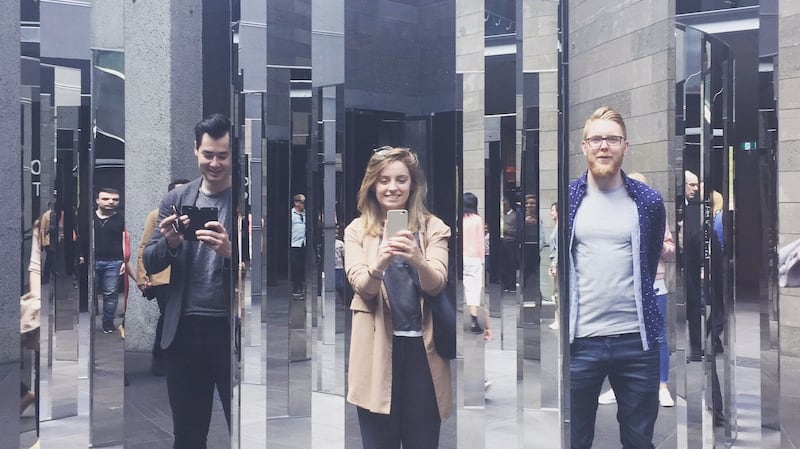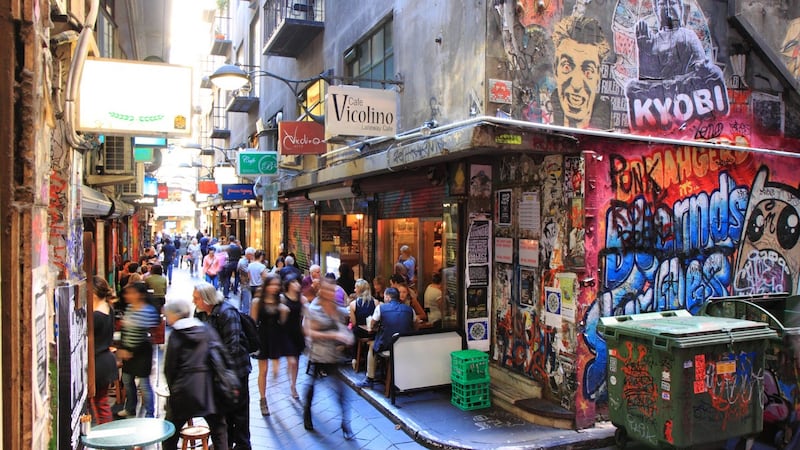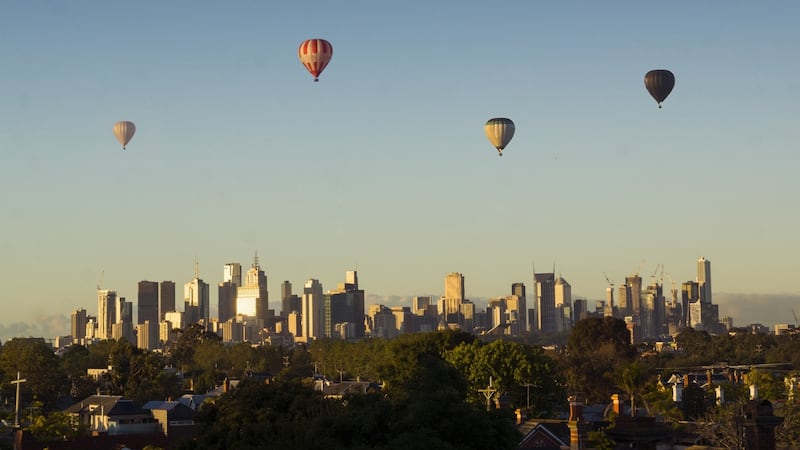Melbourne has topped The Economist's list of "most liveable" cities in the world for the seventh year in a row, based on factors such as healthcare, culture, environment, education, and infrastructure.
The city has certainly proved an attractive place for Irish migrants; more than 10,000 Irish-born people were living there when the 2011 Census was carried out, the second-largest Irish population in Australia after Sydney.
Here, Irish readers based in Melbourne share their experiences and opinions on what makes it such a “liveable” city, and whether they agree with the ranking.
Megan Etherton: ‘The city is a playground for people with time and money’
I’ve been living in Melbourne with my partner for close to a year, and in the inner north you can’t doubt the “liveability” - it’s palpable. Among professionals who can afford to enjoy what it has to offer, Melbourne deserves its ranking. When we first arrived, we noticed so many more people our age (late 20s) than in Dublin. There’s so much going on in the city to cater for us, with a vast array of restaurants and cafes, relaxed drinking spots, outdoor cinemas, pop up events, parks and sports facilities, yoga and Pilates studios to choose from, and beautiful hiking and camping spots nearby. We’ve been to the cricket, the AFL, the GP, athletics, galleries, Virtual Reality experiences... the city is a playground for people with time and money to spend on a certain type of lifestyle revolving around social, cultural and wellbeing activities and experiences.

But working at a social innovation agency (I’m an architect-turned-service designer), I meet people every week from all walks of life as part of our design research, and the stories of inequality, lack of opportunity, and the difficulties faced by vulnerable people across Melbourne and beyond are as real as anywhere else in the world.
In Melbourne I get the sense that a lot of people feel purpose-led than profit-led which is exciting, and Melbournians are quick to call out racism, sexism and inequality or unfairness when they see it. I was surprised by the jolt of pride I felt when our local council, City of Yarra, “unrecognised” Australia Day a couple of weeks ago, in acknowledgement of the loss of culture, language and identity felt by the Aboriginal community. There’s still a good way to go before the city can be described as “liveable” for all, but the sense that changes are happening seems real.
I feel a deep sense of gratitude each day here - I’m aware of the opportunities and the good fortune that’s brought me here, to a city that’s exciting, open-minded, and where I have the pleasure of working alongside some of the most generous, genuine, optimistic people I’ve ever met.
Kate O’Connell: ‘The food culture is world renowned’
My motivation for moving to Melbourne in 2015 was simple; I had heard appealing things about an outdoor lifestyle and seriously good food. Being a fanatical foodie, I set up in Carlton, the “Little Italy” of the city. Between all the spontaneous trips to wineries to sample Shiraz and cooking kangaroo steaks on a Friday night, two years have flown by.
The food is sensational, but there is more keeping me here than just the great tucker. Melbourne’s food culture is world renowned because it is underpinned by the city’s cultural diversity. “Fusion” is a popular word in the restaurant scene here, but you’ll also see it in the way different cultures engage with each other in all other aspects of life.
“How long are you going to be in Melbourne for?” is a question I am asked frequently, but as my Aussie mates would say, “no dramas”. I’m living in the moment, and right now, I’m loving life in Melbourne.

Robert Batt: ‘They have the biggest tram network in the world’
Melbourne makes it easy for you to live your life the way you want to live it. The city has been my home since I moved here in 2008, to work as an accountant. For me, it is a liveable city because of the public transport. By train you can commute 150km round trip for the equivalent of €4.70. Trains to the city are free before 7.15am. They have the biggest tram network in the world, free in the city centre. Segregated bike paths provide safety for cyclists. You do not need a car.
Public parks are used by families and give a sense of community. A lot of Melburnians have immigrant backgrounds and are open minded to fresh or different approaches to life’s ups and downs. My work colleagues are Indian, Chinese, Malaysian, English, Greek, Jew, Australian, and Fijian. Our cultural differences are celebrated not knocked. Last week we went to a Nigerian art show, had dinner in a Cambodian restaurant, followed by a drink in a Spanish bar served by a fourth-generation Australian studying Russian.
Consistent Government spending on social enterprises has led to a lower crime rate; money is therefore spent on social problems rather than prisons. Mental health spending is still overlooked though.

Rosemary Sheehan: ‘I see another side of Melbourne’
As a social worker I see another side of Melbourne which can be hard on many.
I’m not sure how liveability is measured, but Melbourne has a very large number of homeless people sleeping rough in the inner city. The boarding houses which used to support them have been sold to gentrifying developers. Great swathes of suburbs have been bought up by Chinese investors, who put up towering apartments which overshadow little cottages and diminish their home life, light and comfort. Public transport is so overstretched, and people struggle to get to work. So I’m not sure where the judges of liveability are looking.
Yes Melbourne is vibrant, diverse, and easy for families, with great food, wine, and plenty of things to do. But rampant development is tearing down characterful buildings and squeezing out space.
Dennis O’Keeffe: ‘Now I would not live anywhere else’
We arrived in Melbourne in 1986 as a newly married couple on the perfect honeymoon. It felt like a career in Ireland then was all about who you knew, and we didn’t know anyone of influence. At that time, mid 1980s Melbourne was no Manhattan, with all shops closed at 12.30pm on Saturdays. How things have changed.
Thirty-one years later, our two beautiful daughters with Irish first names (who have the advantage of both Australian and Irish passports) have contributed to making Melbourne our home.
Melbourne now has career opportunities galore, a vibrant arts and sporting culture, food to die for, and a live music scene unrivalled by any other place I’ve been to. It is a truly multicultural city. Our marriage has not lasted the journey, but now I would not live anywhere else. I am a happy Melburnian from the Deise County!













